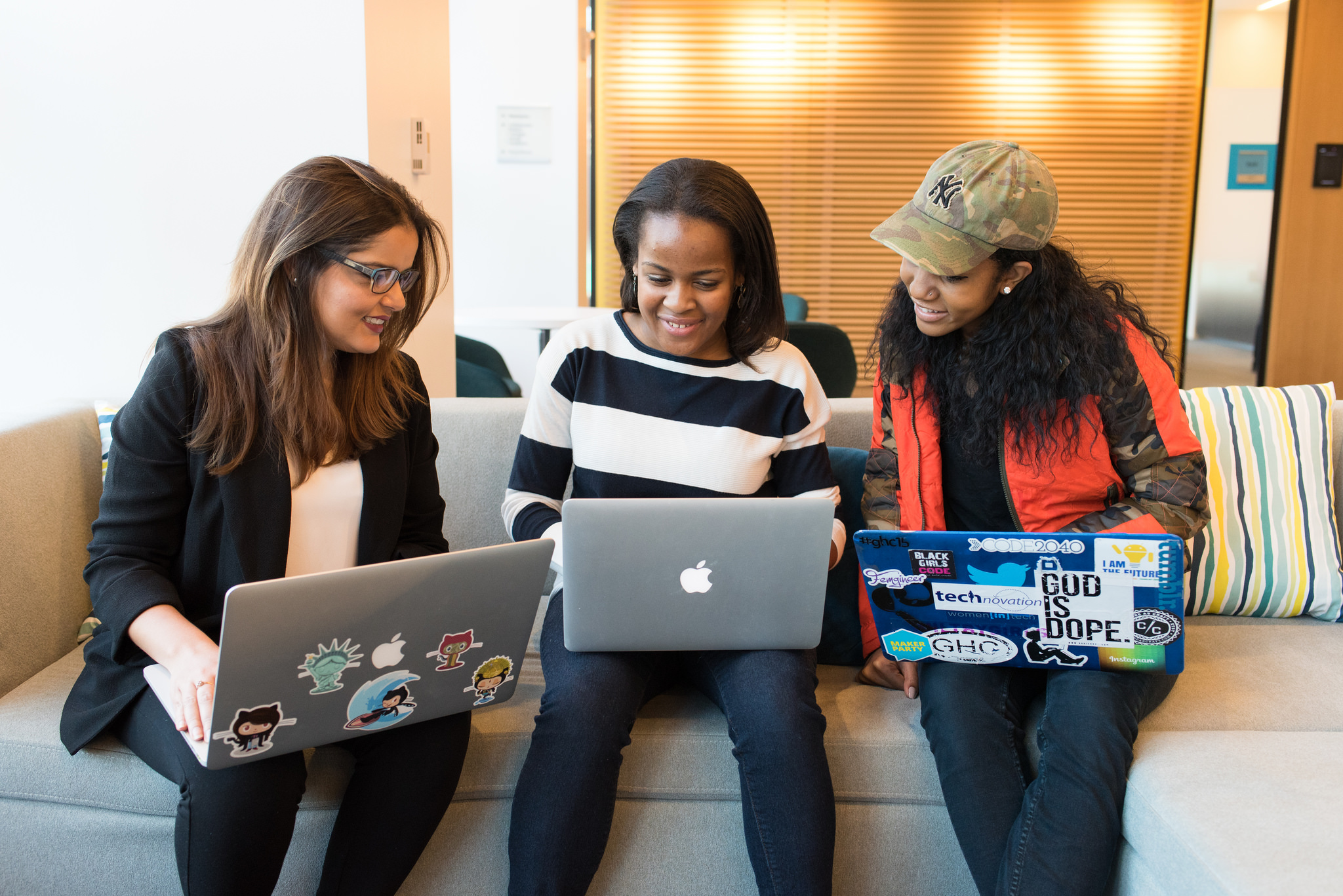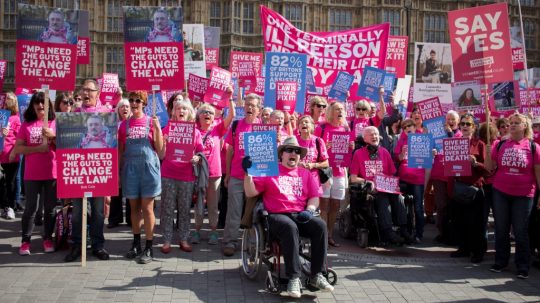Women in their 20s are earning less than men, and the gap is getting wider, according to figures released today.
The data was released to mark Equal Pay Day, the day of the year on which women begin working ‘for free’ relative to the amount men earn for the same job.
The average pay gap for full-time workers currently stands at 14.1% – where it has been since 2015.
Gender equality campaigners The Fawcett Society warned that progress on pay equality had stalled for three years, after a long period of improvement. The average pay gap for full-time workers currently stands at 14.1% – where it has been since 2015. The groups call for “significant action from Government, businesses and society”.
Their figures also report that the pay gap is much wider for certain groups – including BAME women, skilled trade workers and high-earners.
A recent study by the World Economic Forum revealed women will have to wait 217 years for the global pay gap to close – adding 47 years to the previous estimate.
Sam Smethers, Chief Executive of The Fawcett Society said “The pay gap is widest for older women as it grows over our working lives but we are now seeing a widening of the pay gap for younger women too, which suggests we are going backwards and that is extremely worrying.”
Where Is This ‘Pay Gap’?

Image Credit: #WOCinTech
It’s everywhere. The 14.1% mean pay gap is a national average – it’s actually much worse in some areas. While Wales (8.3%) and Scotland (11.1%) fall below the UK average, London has the largest gap at 20.7%.
The pay gap also gets wider as women grow older – 22-29 year olds in full-time work have a gap of 5.5% from their male counterparts, which widens to 18.6% by their 50s. There is a huge generational gap included in this, as the gap for women in their 30s (6.7%) is vastly smaller than for women in their 40s (17.1%).
They say their research suggests that despite younger women having a “smaller pay gap at the moment as they age … their pay gap will widen”.
Why Is There A Pay Gap?

Image Credit: #WOCinTech
Gender equality campaigners The Fawcett Society, who compiled the data using ONS statistics, claim there is no one reason for the pay gap – instead a range of institutional issues that need to be addressed. These include discrimination, historical dominance of men in the most highly-paid positions, and undervaluing of work predominantly done by women.
They also list unequal care responsibilities as a factor, citing ECHR research which suggests 54,000 mothers a year are forced to leave work early as a result of pregnancy. A 2016 study on the ‘Motherhood Pay Penalty‘ claims that mothers in full time work can earn “11 per cent less than full-time women without children.” This study also suggests there is an inverse effect on men with children – a “daddy pay bonus” of 21%.
More broadly, The Fawcett Society suggest a ‘divided’ labour market is partly to blame – citing evidence that women make up 80% of care and leisure workers, but only 8% of skilled trade jobs, which are more highly paid.
They also found the problem doesn’t just apply to low-paid workers, as even university graduates across full and part-time work face a pay gap of 23%.
What Can Be Done?

Image Credit: #WOCinTech
Because of the far-reaching social causes of the gender pay gap, it’s hard to know where to start tackling the issue.
The UK Government have in recent years indicated a willingness to deal with discrimination in the workplace through the Equality Act 2010, and more recently a requirement for some companies to publicly disclose data on their own gender pay gaps, with the hopes of ‘shaming’ employers into paying equally.
The Fawcett Society also suggest mandatory gender pay reporting for larger employers, equal parental leave, and encuraging businesses to audit the nature as well as the pay of their work, to “make sure men and women are paid equal pay for work of equal value.”
Maria Miller MP, Chair of the Women and Equalities Select Committee said ‘I will ensure the Government’s strategy on reducing the gender pay gap properly focuses on those most affected – women aged over 40.’
Nicky Morgan, Conservative MP said ”We’ve seen the best employers make ground breaking strides in tackling gender inequality. But the job won’t be complete until we see the talents of women and men recognised equally in every workplace.’
SNP Leader Nicola Sturgeon said “My #PayGapPledge is to do everything I can as Scottish First Minister to advance equal pay & gender equality #EqualPayDay.’






